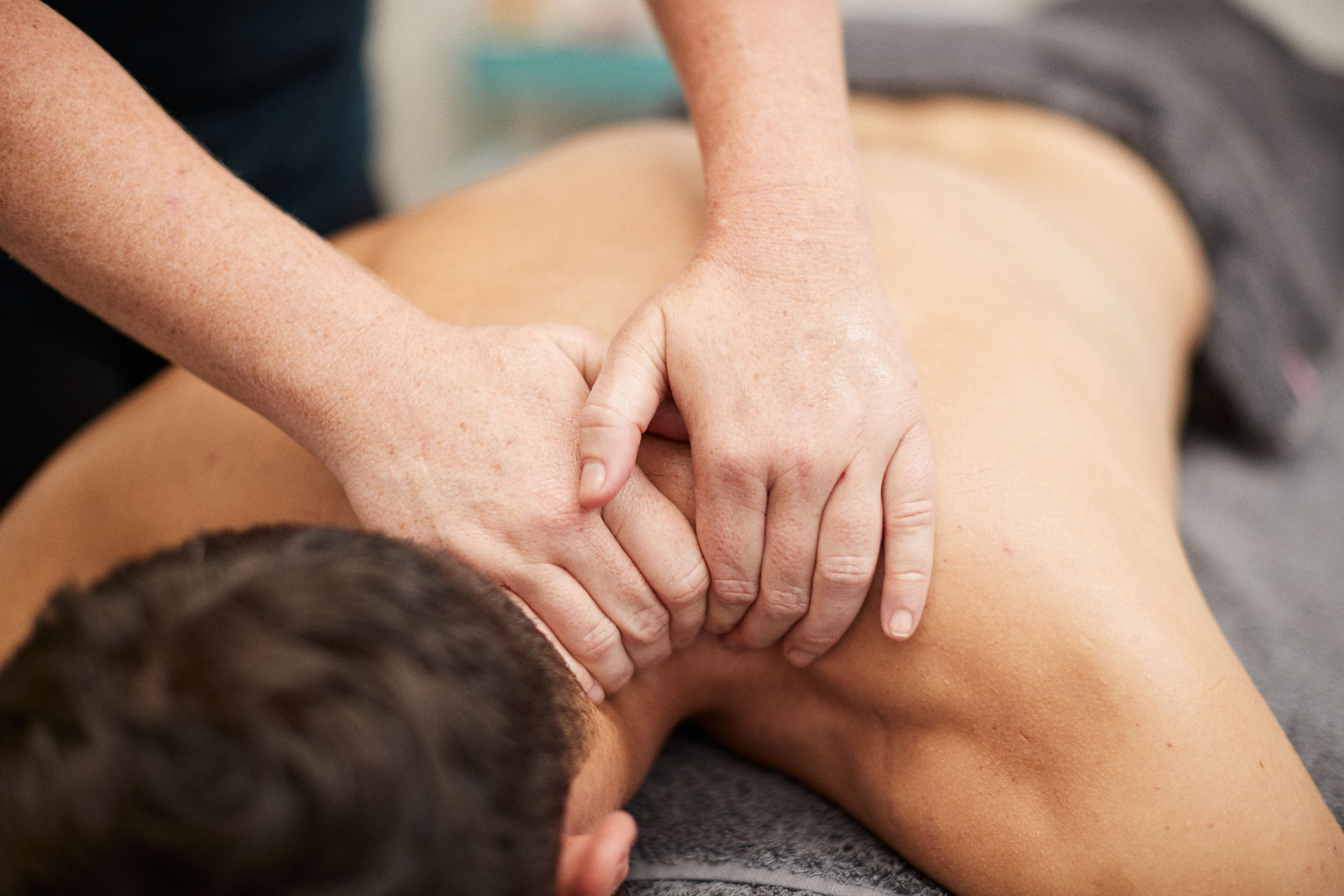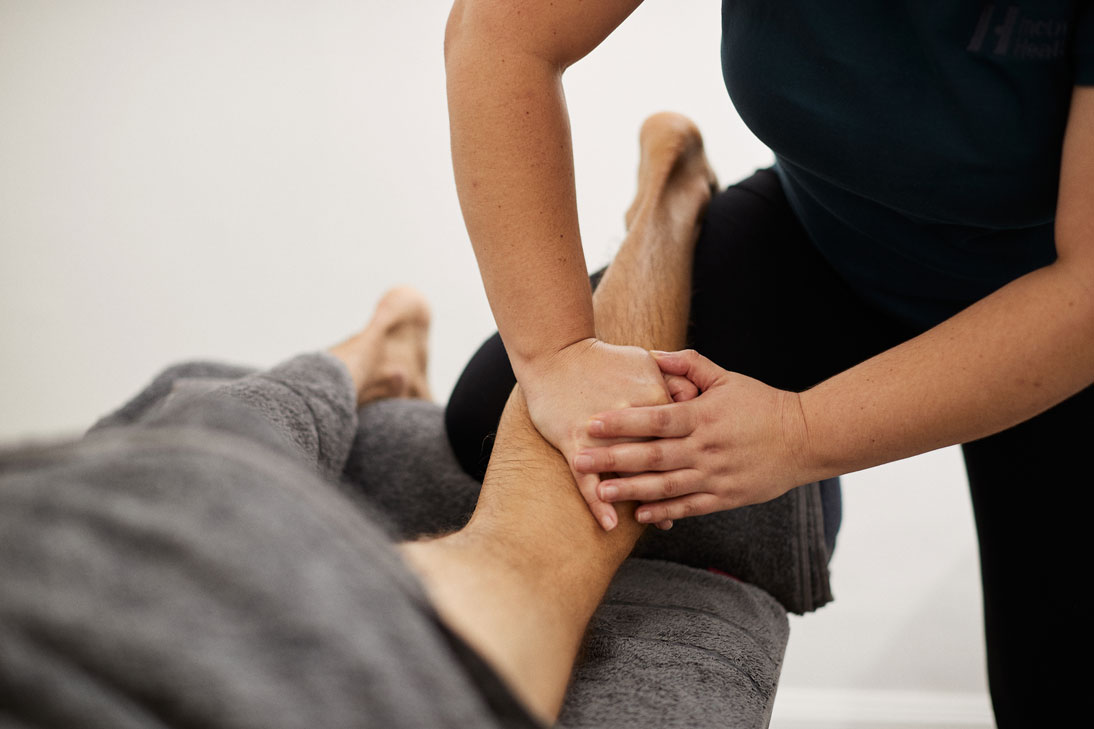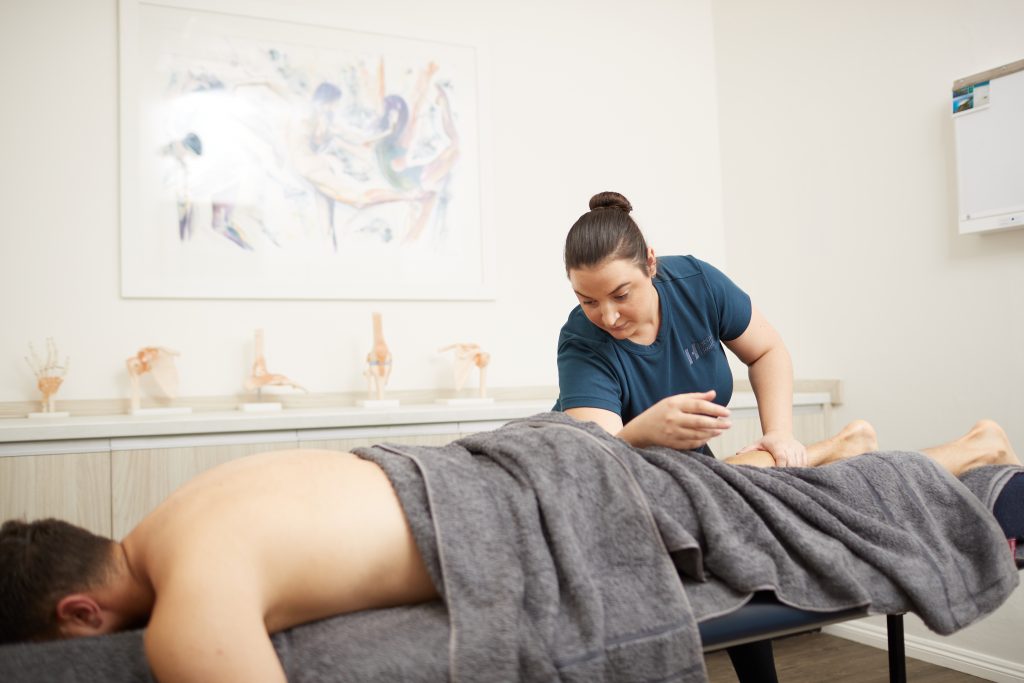Who Should Have a Remedial Massage?


Remedial massage is good for relieving muscle tension, managing pain, improving circulation, boosting flexibility, aiding recovery from injuries and surgery, and even enhancing posture and mental well-being, showcasing the many benefits of remedial massage . It’s a targeted therapy designed to address specific problems in the body rather than simply offering relaxation.
Whether you’re an athlete, a desk worker, or someone managing chronic pain, remedial massage offers a powerful, hands-on approach to feeling better and moving more freely. In this blog, we’ll explore all the ways remedial massage aims to help you feel better, move more freely, and live a healthier, more balanced life, providing a better understanding of its benefits .
What Makes Remedial Massage Different from Relaxation Massage?
Unlike a standard relaxation massage, remedial massage therapy is a clinical therapy that focuses on identifying and treating musculoskeletal issues. It’s not just about feeling good—although it certainly can help with that—but about restoring normal function, reducing pain, and supporting long-term health.
Relaxation massage is typically gentle, designed to calm the nervous system and promote general well-being. Remedial massage, on the other hand, applies specific techniques, including deep tissue massage, to target areas of tension, dysfunction, and injury. It’s tailored to your unique needs—whether you’re recovering from a sports injury, struggling with chronic back pain, or experiencing tight shoulders from hours at a desk.
Key Techniques Used in Remedial Massage
Remedial massage therapists use a variety of specialised techniques to address problem areas in the body. These may include:
- Trigger Point Therapy: Applying pressure to specific points to release knots and ease referred pain
- Myofascial Release: Gently stretching and freeing the connective tissue that surrounds muscles, helping to restore movement.
- Deep Tissue Massage: Working into deeper layers of muscle to break up adhesions and tightness.
- Stretching Techniques: Lengthening muscles to improve flexibility and restore range of motion.
- Cross-Fibre Friction: Breaking down scar tissue and promoting healthy tissue repair, especially useful for post-injury recovery.
These techniques can be combined or adapted based on your body’s specific needs and your therapist’s assessment.


Top Benefits of Remedial Massage
Reduces Muscle Tension
Remedial massage helps to release muscle tension, loosen tight muscles, and promote tissue regeneration improving flexibility and comfort in daily movement. This is particularly helpful for people who spend long hours sitting or engaging in repetitive tasks.
Relieves Pain
Whether it’s a nagging backache, sharp nerve pain, or headaches, remedial massage can provide targeted relief by addressing the underlying cause of discomfort.
Improves Blood Circulation
Better circulation and blood flow means more oxygen and nutrients reach your tissues, which is essential for healing and overall health.
Improves Joint Mobility and Flexibility
Massage techniques reduce stiffness, improve joint range of motion, and help you move with greater ease and confidence.
Supports Injury Prevention
By identifying and correcting muscle imbalances early, remedial massage can help prevent future injuries. It’s a valuable tool for athletes and active individuals alike.
Supports Recovery from Soft Tissue Injuries
Remedial massage is a key part of pain relief and recovery from sprains, strains, and overuse injuries, helping to repair damaged areas in the process . It helps manage scar tissue, ease pain, and restore proper function.
Enhances Posture and Movement
Tight or imbalanced muscles can lead to poor posture. Massage can correct these issues, support spinal alignment, and enhance movement patterns, ultimately reducing pain caused by muscle imbalance .
Aids Stress Reduction and Relaxation
Beyond the physical benefits, a holistic approach to remedial massage also calms the nervous system, a vital aspect of health care helping you manage stress more effectively and promoting a sense of well-being.


Supports Recovery from Surgery
Massage can help break down scar tissue, restore movement, and reduce post-surgical pain—an essential step in many rehabilitation plans.
Supports Those with Chronic Pain Such as Fibromyalgia
For those living with chronic conditions, remedial massage offers gentle, effective relief. It can help manage flare-ups and reduce overall pain levels.
Helps Soothe Anxiety
By calming the nervous system and releasing tension held in the body, massage promotes emotional balance and relaxation.
Helps Mitigate Effects of Arthritis
Remedial massage can reduce stiffness and pain, supporting joint mobility for those with arthritis. It’s an excellent complement to medical treatment plans.
Aids in Improving Sleep
Tension, pain, and stress can all impact sleep. Remedial massage addresses these conditions in the affected area , helping promote restful, restorative sleep—essential for overall health.
Common Conditions Treated with Remedial Massage
Remedial massage is beneficial for a wide range of musculoskeletal and nervous system conditions, including sporting injuries :
- Chronic Neck and Back Pain: A common reason people seek remedial massage.
- Sports Injuries (e.g., Sprains, Strains): Massage supports recovery and can help prevent reinjury.
- Postural Imbalances and Tension Headaches: Often linked to prolonged sitting or poor posture.
- Sciatica, Carpal Tunnel, Frozen Shoulder: Targeted massage can relieve nerve compression and restore mobility.
- Stress and Anxiety-Related Muscular Tension: Massage helps release emotional tension stored in the body.
Whether your pain is due to acute injuries or chronic issues, remedial massage can be an important part of your treatment plan.
When to Get a Remedial Massage
Timing is Everything for Recovery
If you’ve had a recent injury, the sooner you seek remedial massage (after the acute inflammation has settled), the better. Massage can complement the RICE method—Rest, Ice, Compression, Elevation—by supporting tissue healing during the later stages of recovery.
After Surgery
Once you’ve been cleared by your doctor, a qualified remedial massage therapist can assist with scar tissue management, restoring movement, and reducing post-surgical discomfort.
Best Time of Day for a Massage
Many people find that massage is most effective in the afternoon or early evening, allowing for rest and relaxation afterwards. For those who experience tightness after work or workouts, this timing can maximise the benefits.
Who Should Consider It
Remedial massage is suitable for a wide range of people, including:
- Athletes looking to improve performance and recover faster.
- Office workers dealing with desk-related tension and postural issues.
- Parents managing the physical demands of childcare.
- Seniors wanting to maintain mobility and independence.
- Anyone experiencing chronic pain, stress, or muscular tension.


If you have an injury, ongoing tightness, or specific pain points, remedial massage can provide targeted, therapeutic support.
Contraindications and When to Avoid It
There are times when remedial massage may not be appropriate. Avoid it if you have:
- An active infection or fever.
- Open wounds or skin infections.
- Deep vein thrombosis (DVT).
- Uncontrolled high blood pressure.
- Certain skin conditions, such as eczema flare-ups or severe bruising.
If in doubt, consult your healthcare provider before booking a session.
A qualified remedial therapist will assess your condition, listen to your concerns, and create a treatment plan tailored to your needs. At Incline Health Leichhardt, our therapists are trained in evidence-based techniques and have extensive experience supporting clients with a variety of conditions. Your care is in good hands.
FAQs About Remedial Massage
How Long is a Massage Session?
Sessions typically run 30, 45, 60, or 90 minutes, depending on your goals and needs.
How Often Should I Get a Remedial Massage?
It depends on your condition. For chronic issues, weekly sessions may be ideal. For general maintenance, every 2–4 weeks is often effective.
Does it Hurt?
Some discomfort is normal during remedial massage, especially when working on tight or sensitive areas. However, it should never feel unbearable. Your therapist will adjust the pressure to your comfort level.
What is the Purpose of Remedial Massage?
The goal of physical therapy through remedial massage therapy is to address specific musculoskeletal issues, promote healing, restore mobility, and improve overall function—not just relaxation.
What is the Difference Between a Remedial Massage and a Normal Massage?
A normal (relaxation) massage focuses on general well-being. Remedial massage is more clinical, targeted, and designed to treat specific problems.
Are Remedial Massages Worth It?
Absolutely! If you’re dealing with pain, tension, or movement issues, remedial massage can be an essential part of your health and wellness routine.
How Often Should I Have a Remedial Massage?
It varies, but weekly, fortnightly, or monthly sessions are common, depending on your condition and goals.
Ready to Experience the Benefits?
If you’re ready to feel the difference remedial massage can make, book an appointment with Incline Health Leichhardt today. Our experienced team is here to help you move better, feel stronger, and live pain-free.
👉 Book Your Appointment Now or call us on (02) 9560 2407 to learn more.




